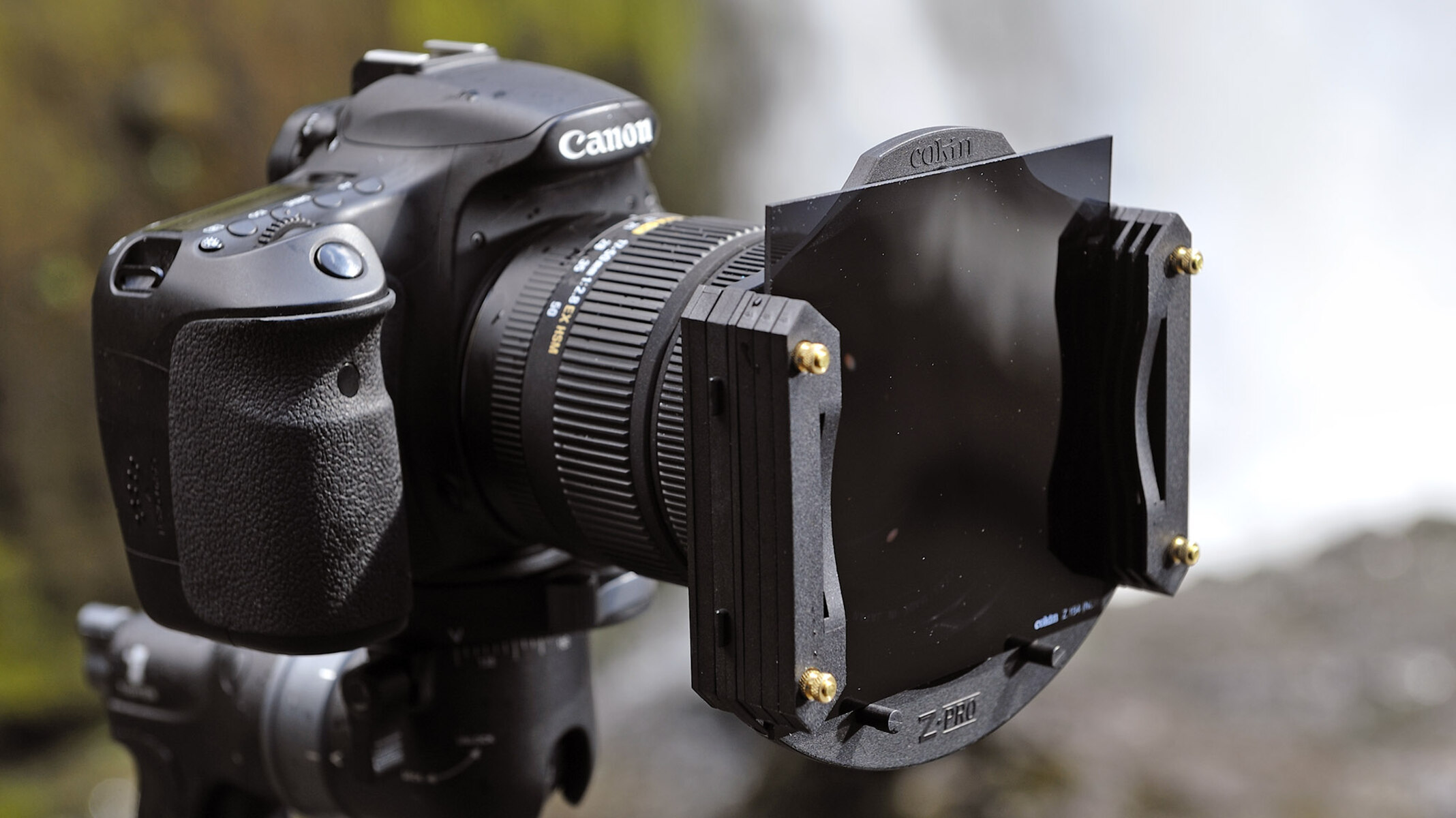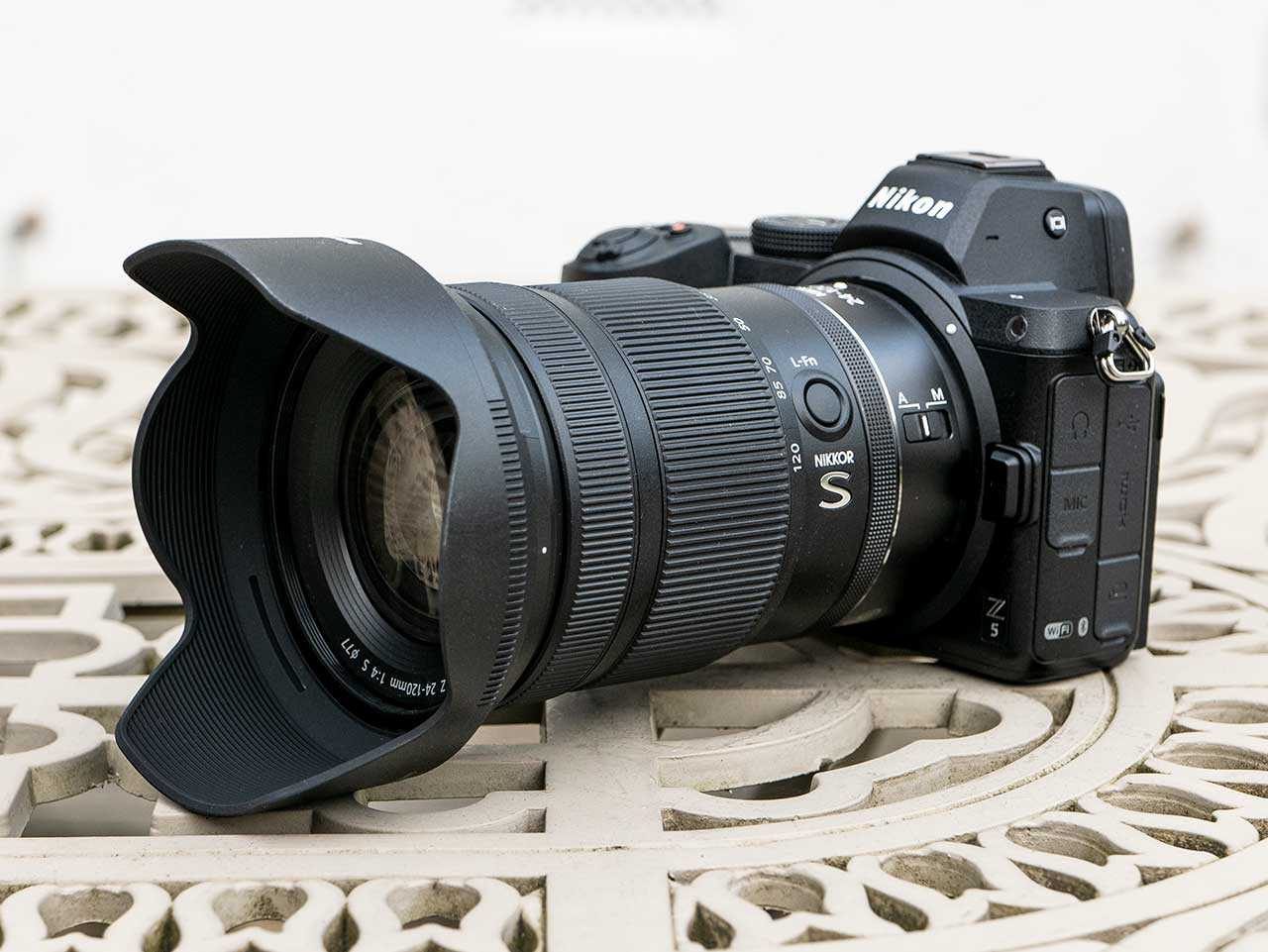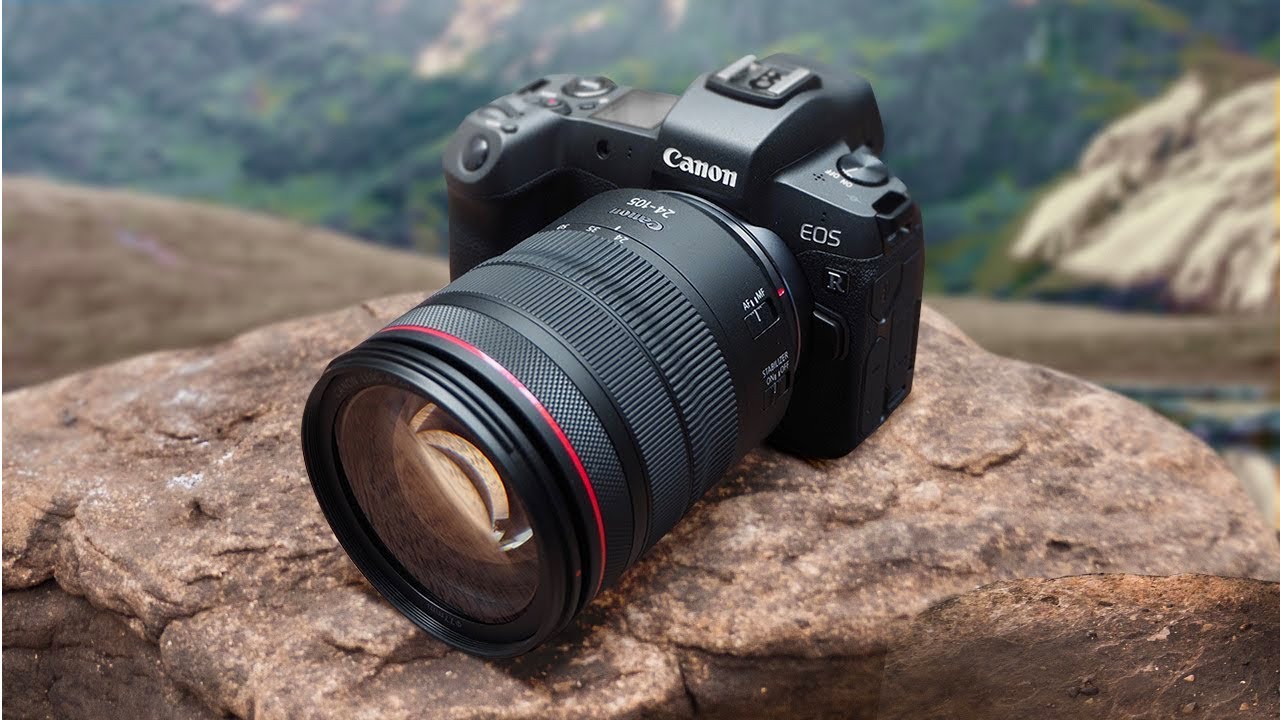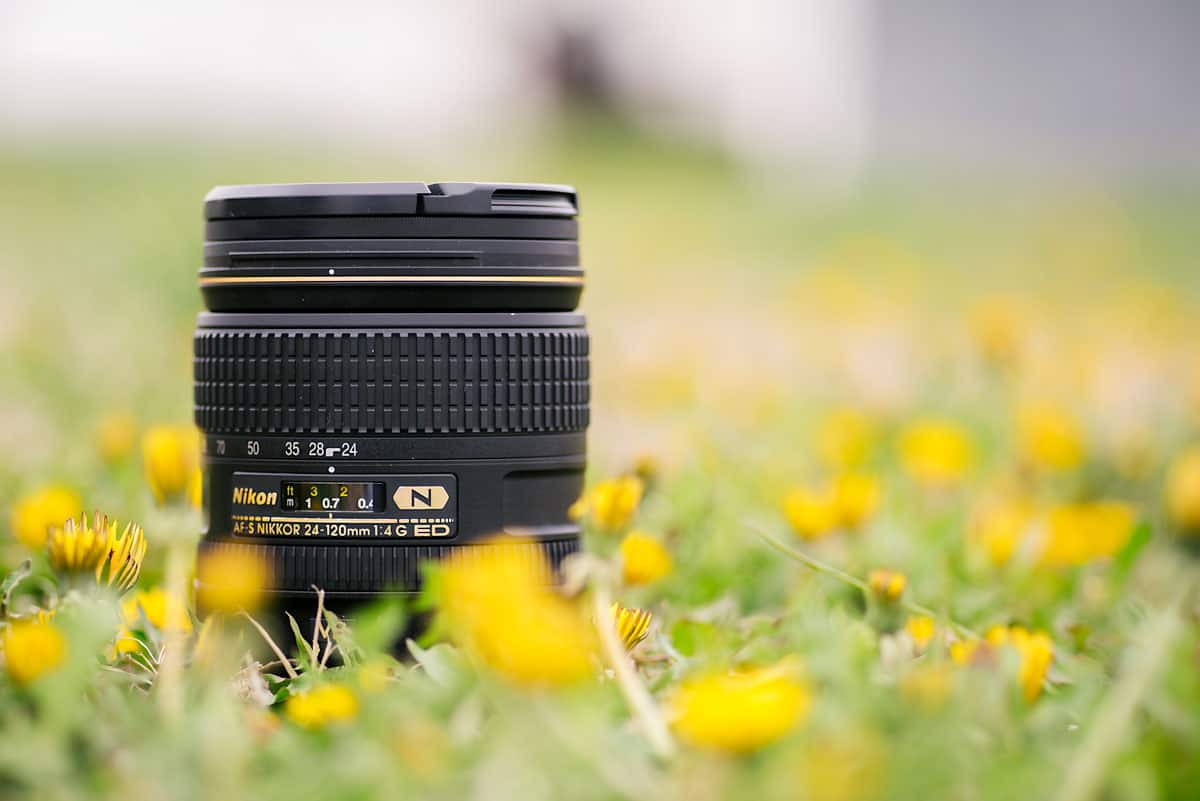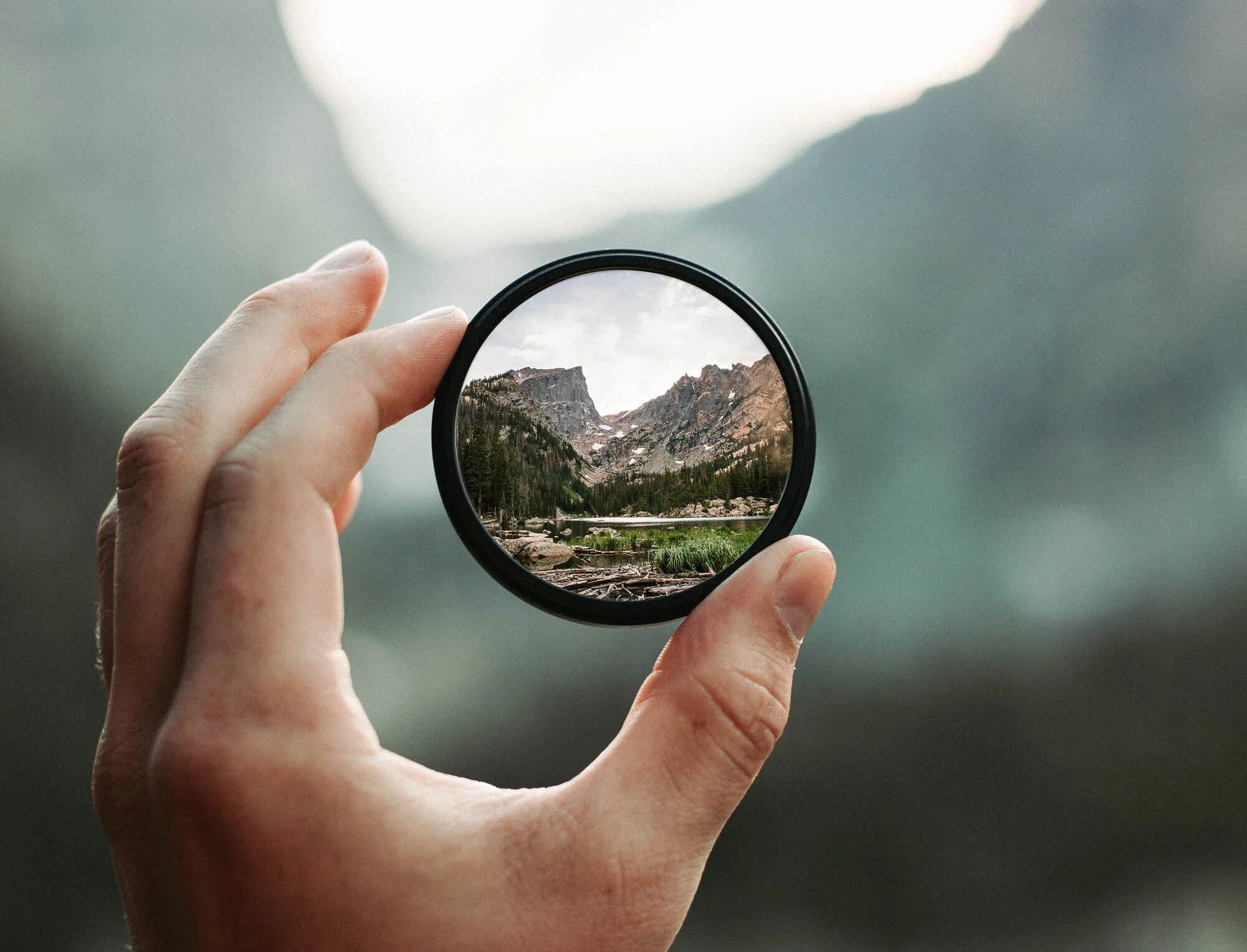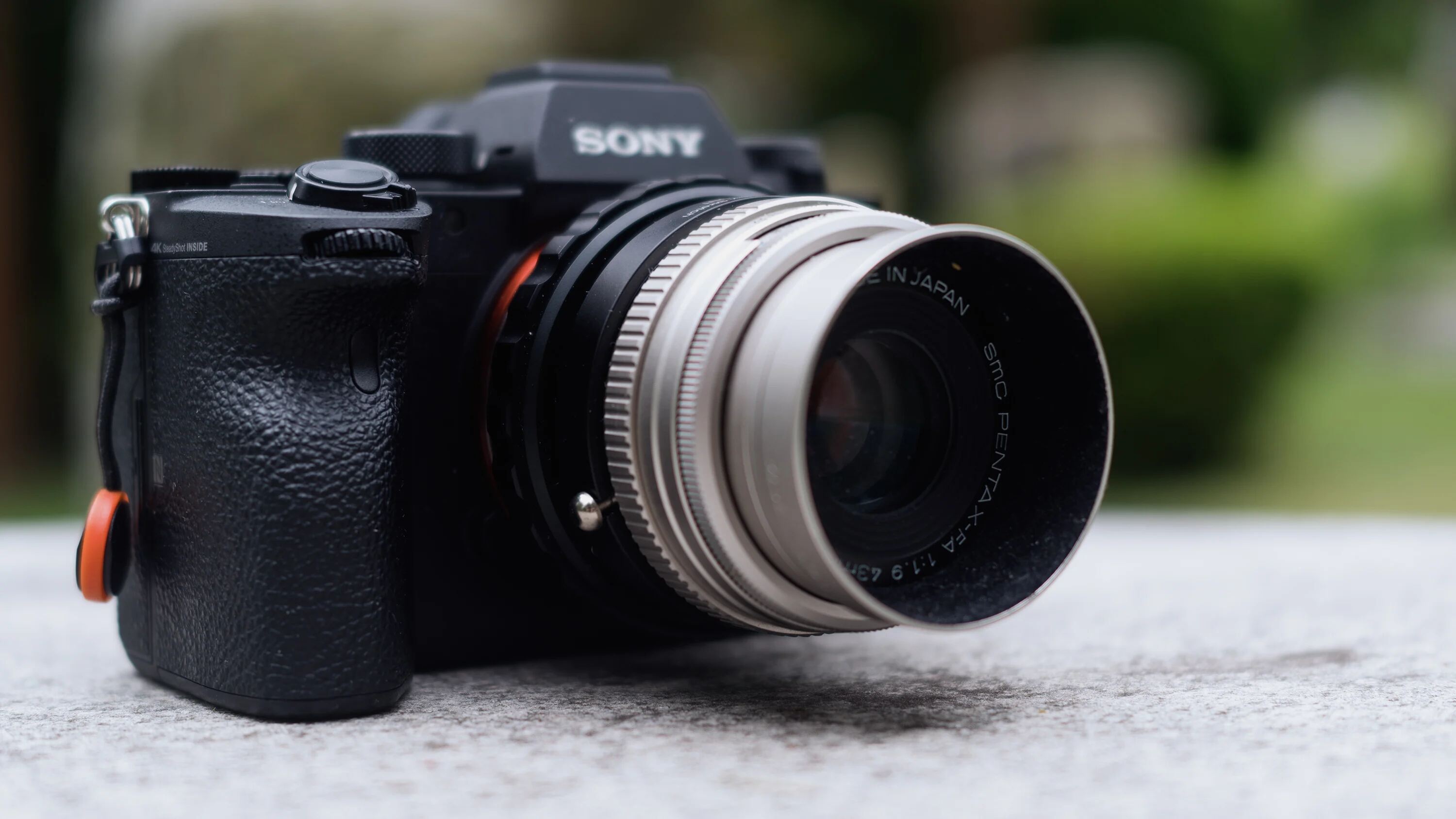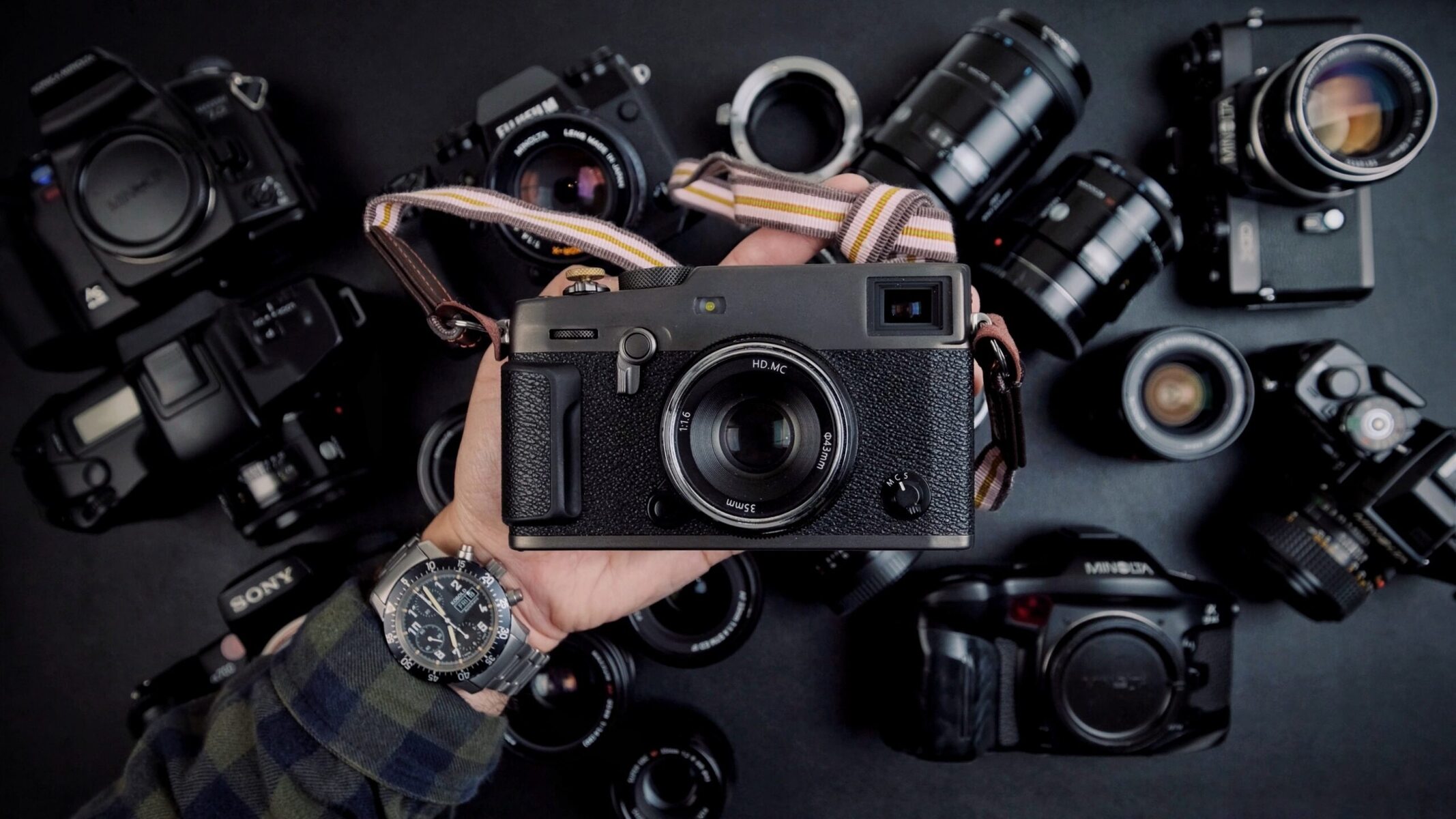Introduction
Photography enthusiasts constantly seek ways to enhance their craft, and the use of ND filters with mirrorless cameras presents an exciting opportunity to elevate the quality of their images. ND filters are invaluable tools for achieving stunning visual effects and mastering exposure control in various lighting conditions. When paired with mirrorless cameras, these filters offer versatility and creativity, allowing photographers to capture breathtaking scenes with precision and artistry.
In this comprehensive guide, we will delve into the world of ND filters and explore the benefits of using them with mirrorless cameras. From understanding the purpose of ND filters to learning how to select the right one for your mirrorless camera, this article will equip you with the knowledge and techniques to maximize the potential of your photography equipment. Additionally, we will provide practical tips for effectively utilizing ND filters with mirrorless cameras, empowering you to unleash your creativity and capture captivating images in diverse settings.
Join us on this journey as we unravel the intricacies of ND filters and discover how they can elevate your photography experience with a mirrorless camera. Whether you are a seasoned professional or an aspiring enthusiast, the insights and guidance offered in this guide will empower you to harness the power of ND filters and transform your photographic vision into stunning reality.
What is an ND Filter?
An ND (Neutral Density) filter is a crucial accessory in a photographer’s toolkit, designed to reduce the amount of light entering the camera without affecting the color or hue of the image. Essentially, it acts as sunglasses for the camera lens, allowing photographers to control exposure settings and achieve desired effects in various lighting conditions.
These filters are characterized by their ability to evenly reduce the intensity of light across the visible spectrum, providing consistent and balanced exposure. ND filters are available in different strengths, typically measured in stops, such as ND2, ND4, ND8, and beyond, each indicating the extent of light reduction it offers. Additionally, some ND filters are adjustable, allowing photographers to fine-tune the level of light attenuation according to their specific requirements.
Photographers commonly use ND filters to achieve several creative and technical outcomes. One of the primary purposes is to enable the use of longer shutter speeds, especially in bright environments, to capture motion blur or create smooth, dreamy effects in moving subjects. Additionally, ND filters facilitate wider aperture settings in bright conditions, allowing for a shallow depth of field and stunning bokeh effects in portrait or macro photography.
Furthermore, ND filters are invaluable for capturing long-exposure shots of landscapes, seascapes, and cityscapes, where the controlled reduction of light over an extended period results in mesmerizing, ethereal images. By understanding the capabilities and applications of ND filters, photographers can expand their creative horizons and elevate the visual impact of their work.
Why Use an ND Filter with a Mirrorless Camera?
Utilizing an ND filter with a mirrorless camera offers numerous advantages that cater to the diverse needs and creative aspirations of photographers. Mirrorless cameras, known for their compact size, advanced technology, and exceptional image quality, are well-suited for leveraging the benefits of ND filters in various shooting scenarios.
One of the primary reasons to use an ND filter with a mirrorless camera is to exercise precise control over exposure settings, particularly in brightly lit environments. By reducing the amount of light entering the camera, ND filters enable photographers to achieve optimal exposure levels without compromising image quality. This is especially beneficial when capturing scenes with high contrast or when shooting in harsh daylight, where maintaining detail in both highlights and shadows is essential.
Moreover, mirrorless cameras are favored for their versatility and adaptability, making them ideal companions for ND filters of different strengths. Whether shooting landscapes, portraits, or fast-moving subjects, the ability to fine-tune exposure using ND filters empowers photographers to unleash their creativity and achieve stunning visual effects. Additionally, the lightweight nature of mirrorless cameras, combined with the compact size of ND filters, ensures a seamless and portable setup, allowing photographers to explore and capture captivating moments with ease.
Furthermore, the electronic viewfinders (EVFs) and live view displays of mirrorless cameras provide real-time exposure previews, making it convenient to assess the impact of ND filters on the final image before pressing the shutter. This instant feedback mechanism enhances the precision and efficiency of using ND filters, enabling photographers to make informed decisions and adjustments on the fly.
Overall, the synergy between ND filters and mirrorless cameras opens up a world of creative possibilities, empowering photographers to overcome exposure challenges, experiment with long-exposure techniques, and elevate the visual impact of their images. This combination represents a powerful toolset for photographers seeking to push the boundaries of their craft and capture breathtaking moments with unparalleled control and artistry.
Types of ND Filters
ND filters are available in various types and configurations, each offering unique features and benefits to cater to different photographic requirements. Understanding the characteristics of these filters is essential for photographers seeking to leverage their capabilities effectively. The following are the common types of ND filters:
- Fixed ND Filters: These filters offer a consistent level of light reduction, such as ND2, ND4, ND8, and so on, and are ideal for situations where a specific amount of light attenuation is required. Fixed ND filters are popular for their simplicity and reliability in achieving predictable exposure adjustments.
- Variable ND Filters: Unlike fixed ND filters, variable ND filters provide adjustable light reduction by rotating the filter ring, allowing photographers to fine-tune the intensity of the filter according to the shooting conditions. This versatility makes variable ND filters well-suited for dynamic lighting situations and offers convenience in controlling exposure without the need to switch between multiple filters.
- Graduated ND Filters: These filters feature a graduated light reduction, typically transitioning from dark to clear across the filter surface. Graduated ND filters are particularly useful for balancing the exposure between a bright sky and a darker foreground in landscape photography, ensuring even tonal distribution and detail retention in both areas of the composition.
- IR ND Filters: Infrared (IR) ND filters are designed to reduce the infrared spectrum of light, which can affect color rendition and image quality, especially in long-exposure photography. These specialized filters are valuable for maintaining color accuracy and minimizing the impact of infrared contamination in certain shooting conditions.
Each type of ND filter offers distinct advantages and applications, catering to the diverse needs and creative preferences of photographers. By selecting the appropriate type based on the shooting scenario and desired effects, photographers can harness the full potential of ND filters to achieve precise exposure control and elevate the visual impact of their images.
How to Choose the Right ND Filter for Your Mirrorless Camera
When selecting an ND filter for your mirrorless camera, several factors must be considered to ensure that it aligns with your specific photographic needs and creative vision. By understanding the key aspects that influence the choice of ND filters, photographers can make informed decisions and maximize the potential of their equipment. Here are essential considerations for choosing the right ND filter:
- Light Reduction Level: Determine the degree of light reduction required for your intended photography style and shooting conditions. Whether you aim to achieve subtle exposure adjustments or significant light reduction for long-exposure effects, selecting the appropriate ND filter strength, measured in stops, is crucial for achieving the desired results.
- Filter Thread Size: Ensure that the ND filter matches the thread size of your mirrorless camera’s lens. It is essential to know the lens diameter or check the lens specifications to select an ND filter that securely attaches to the lens without any compatibility issues.
- Filter Quality and Material: Invest in high-quality ND filters constructed from premium materials to maintain image clarity and color accuracy. Look for multi-coated glass filters that minimize reflections, flare, and distortion, ensuring optimal image quality and consistency across various lighting conditions.
- Photographic Intentions: Consider your intended photographic subjects and genres to determine the most suitable type of ND filter. Whether you specialize in landscape, portrait, or action photography, selecting the right type of ND filter, such as fixed, variable, or graduated, can significantly enhance your creative capabilities and the visual impact of your images.
- Budget and Brand: Evaluate your budget and explore reputable brands offering ND filters that meet your quality and performance expectations. While there are various options available, prioritizing reliability, durability, and optical excellence ensures a worthwhile investment in ND filters that complement your mirrorless camera setup.
By carefully evaluating these factors and conducting thorough research, photographers can confidently select the right ND filter that harmonizes with their mirrorless camera, enabling them to explore new creative possibilities and achieve exceptional image quality in diverse shooting scenarios.
How to Use an ND Filter with Your Mirrorless Camera
Mastering the art of using an ND filter with a mirrorless camera involves understanding the techniques and considerations that optimize its effectiveness in various shooting conditions. By implementing the following steps and strategies, photographers can harness the full potential of ND filters to achieve precise exposure control and capture stunning imagery:
- Assess the Lighting Conditions: Before attaching the ND filter, evaluate the ambient light and the desired exposure settings for your composition. Understanding the existing lighting conditions and the creative effects you intend to achieve is crucial for determining the appropriate strength and type of ND filter required for the scene.
- Securely Attach the ND Filter: Carefully screw the ND filter onto the lens of your mirrorless camera, ensuring a secure and snug fit. Avoid overtightening the filter to prevent any potential damage to the lens threads or the filter itself.
- Set the Exposure Parameters: Once the ND filter is in place, adjust the camera settings, such as aperture, shutter speed, and ISO, to compensate for the reduced light transmission caused by the filter. Take into account the specific ND filter strength and the creative outcome you aim to achieve when configuring the exposure parameters.
- Compose the Shot: With the ND filter applied and the exposure settings adjusted, compose your shot with attention to the desired framing, subject placement, and overall visual balance. Utilize the live view display or electronic viewfinder of your mirrorless camera to preview the composition and ensure the desired exposure and creative effects are achieved.
- Capture the Image: Once satisfied with the composition and exposure settings, capture the image using the mirrorless camera. Pay close attention to the stability of the camera, especially when using longer shutter speeds facilitated by the ND filter, to minimize any potential camera shake and ensure sharp, high-quality results.
By following these fundamental steps and adapting them to the specific shooting scenarios and creative intentions, photographers can effectively integrate ND filters into their mirrorless camera workflow, unlocking the potential to capture striking images with controlled exposure and captivating visual effects.
Tips for Using ND Filters with a Mirrorless Camera
Enhancing the utilization of ND filters with a mirrorless camera involves incorporating practical tips and techniques that optimize their impact on image quality and creative expression. By integrating the following insights into your photography workflow, you can elevate your skills and produce compelling imagery with precision and artistry:
- Experiment with Different Strengths: Explore the creative possibilities offered by various ND filter strengths, from subtle light reduction to significant stops, to understand their effects on exposure and visual outcomes in diverse shooting conditions.
- Utilize Long-Exposure Techniques: Embrace the potential of ND filters for capturing mesmerizing long-exposure shots of moving water, clouds, or urban scenes, allowing you to convey a sense of motion and ethereal beauty in your photographs.
- Combine ND Filters with Polarizers: Consider combining ND filters with polarizing filters to achieve optimal light reduction and polarization effects, enhancing color saturation and contrast in your outdoor and landscape photography.
- Embrace Golden Hour and Blue Hour Photography: Leverage ND filters during the golden hour and blue hour periods to extend exposure times and capture the enchanting soft light and rich hues characteristic of these magical moments during sunrise and sunset.
- Practice Precision and Patience: Exercise precision and patience when using ND filters, especially in long-exposure photography, to ensure meticulous composition and stable camera positioning, ultimately leading to exceptional image clarity and impact.
- Consider Motion Blur in Portraiture: Explore the artistic potential of ND filters in portrait photography by incorporating controlled motion blur effects, adding a dynamic and expressive dimension to your portraits while maintaining focus on the subject.
- Monitor Exposure and Histogram: Regularly review the exposure settings and histogram display on your mirrorless camera when using ND filters to maintain optimal exposure control and prevent overexposure or underexposure issues.
- Adapt to Changing Lighting Conditions: Stay adaptable and responsive to evolving lighting conditions when using ND filters, adjusting the filter strength and exposure settings as needed to accommodate variations in natural light throughout your photography session.
By integrating these tips into your photographic practice and embracing the creative potential of ND filters with your mirrorless camera, you can expand your artistic horizons, refine your technical skills, and capture compelling images that resonate with visual impact and storytelling prowess.
Conclusion
In conclusion, the strategic integration of ND filters with mirrorless cameras empowers photographers to transcend conventional limitations and unlock a realm of creative possibilities. By understanding the purpose, types, and selection criteria for ND filters, photographers can navigate diverse shooting scenarios with confidence and precision, harnessing the filters’ ability to control exposure and achieve captivating visual effects. The seamless synergy between ND filters and mirrorless cameras offers a portable, adaptable, and powerful combination, enabling photographers to capture stunning images with unparalleled control and artistry.
As photographers delve into the realm of long-exposure techniques, dynamic lighting conditions, and creative expression, the utilization of ND filters becomes a cornerstone of their photographic journey. The tips and techniques presented in this guide serve as invaluable resources for photographers seeking to elevate their skills, expand their creative horizons, and produce imagery that resonates with visual impact and storytelling prowess.
Ultimately, the marriage of ND filters and mirrorless cameras represents a harmonious fusion of technical precision and artistic vision, empowering photographers to translate their creative concepts into compelling visual narratives. By embracing the capabilities of ND filters and integrating them into their photographic practice, photographers can embark on a transformative journey, capturing moments of timeless beauty and evoking emotions through the power of controlled exposure and nuanced visual storytelling.







